Tourmaline: One of October’s Birthstones
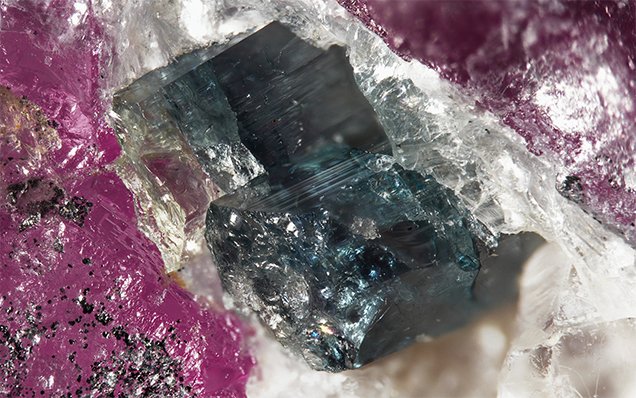
Watermelon Tourmaline
It’s easy to understand why people confuse tourmaline with other gems: the stone has a dazzling range of colors, from rich reds to pastel pinks and peach colors, intense emerald greens to vivid yellows and deep blues. People have probably used tourmaline as a gem for centuries, but they identified it as some other stone (ruby, sapphire, emerald, and so forth) based on its coloring.
Tourmalines come in a wide variety of exciting colors. In fact, tourmaline has one of the widest color ranges of any gem species, occurring in various shades of virtually every hue. Perhaps this is why ancient mystics believed this October birthstone could inspire artistic expression – it has a color palette for every mood. Many tourmaline color varieties have inspired their own trade names:
- Rubellite is a name for pink, red, purplish red, orangy red, or brownish red tourmaline, although some in the trade argue that the term shouldn’t apply to pink tourmaline.
- Indicolite is dark violetish blue, blue, or greenish blue tourmaline.
- Paraíba is an intense violetish blue, greenish blue, or blue tourmaline from the state of Paraíba, Brazil. Despite having only just been discovered in the 1980s, Paraiba Tourmaline gemstones have already become one of the most precious and valuable gems in the world. Its rare shades of electric blues and greens are reminiscent of the blue ocean shores of Paraiba — its native land. These unique, vivid blue and green colors are not found in any other gemstone in the world.
- Chrome tourmaline is intense green. In spite of its name, it’s colored mostly by vanadium, the same element that colors many Brazilian and African emeralds.
- Parti-colored tourmaline displays more than one color. One of the most common combinations is green and pink, but many others are possible.
- Watermelon tourmaline is pink in the center and green around the outside. Crystals of this material are typically cut in slices to display this special arrangement.+
Cutters often fashion tourmalines as long rectangles. Making the cut parallel to the length of the rough crystal helps to reduce waste. But cutters also have to consider tourmaline’s optical properties – it can show different colors in different crystal directions. A crystal that appears pale green across its width can be very dark green—sometimes almost black—when you look down its length.
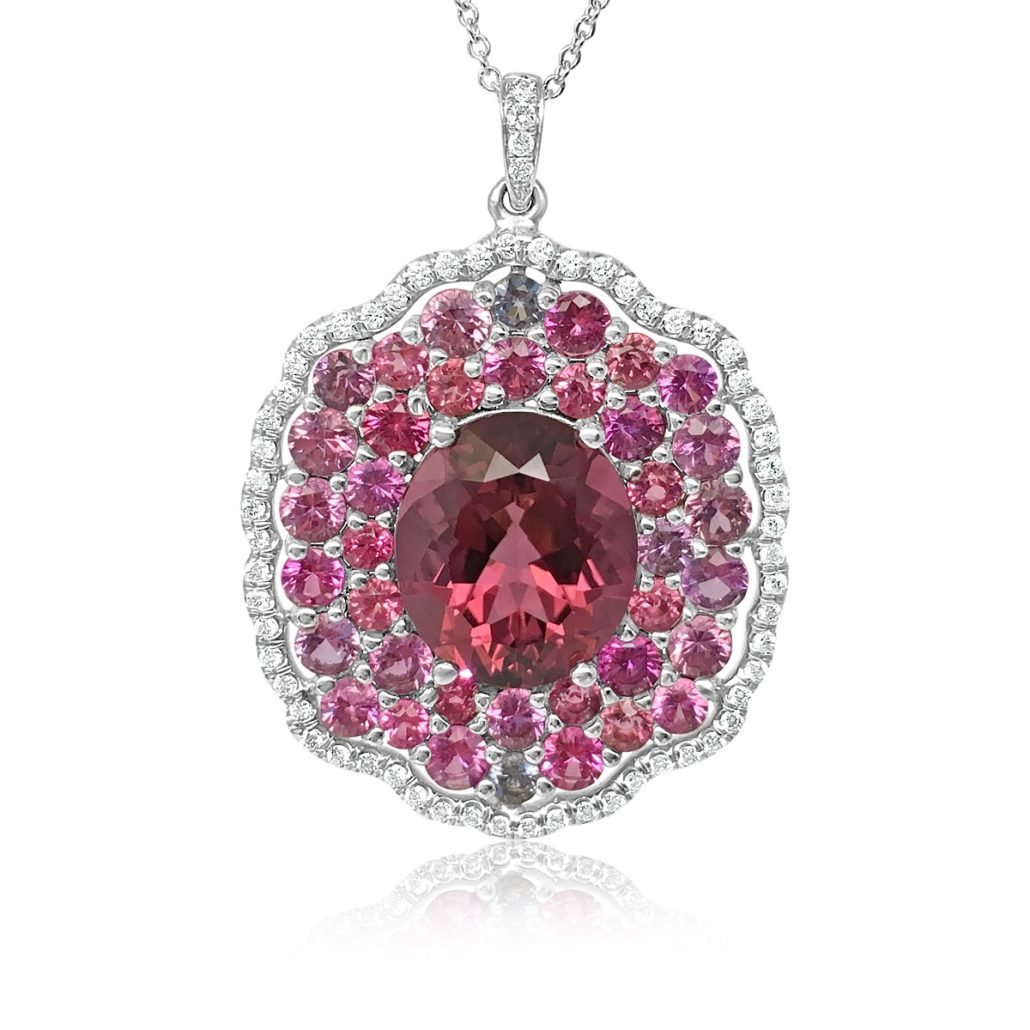
Oval magenta tourmaline pendant
Tourmaline can be featured in many different types of custom jewelry, and is especially good for pieces with vibrant colors. Contact Susan for a consultation today and see how tourmaline could work for you!

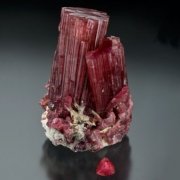
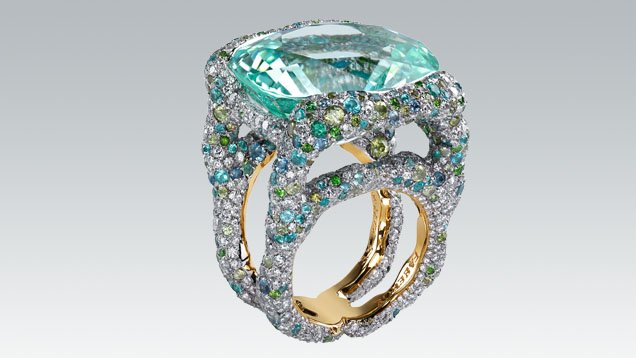

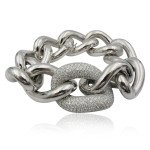

Leave a Reply
Want to join the discussion?Feel free to contribute!